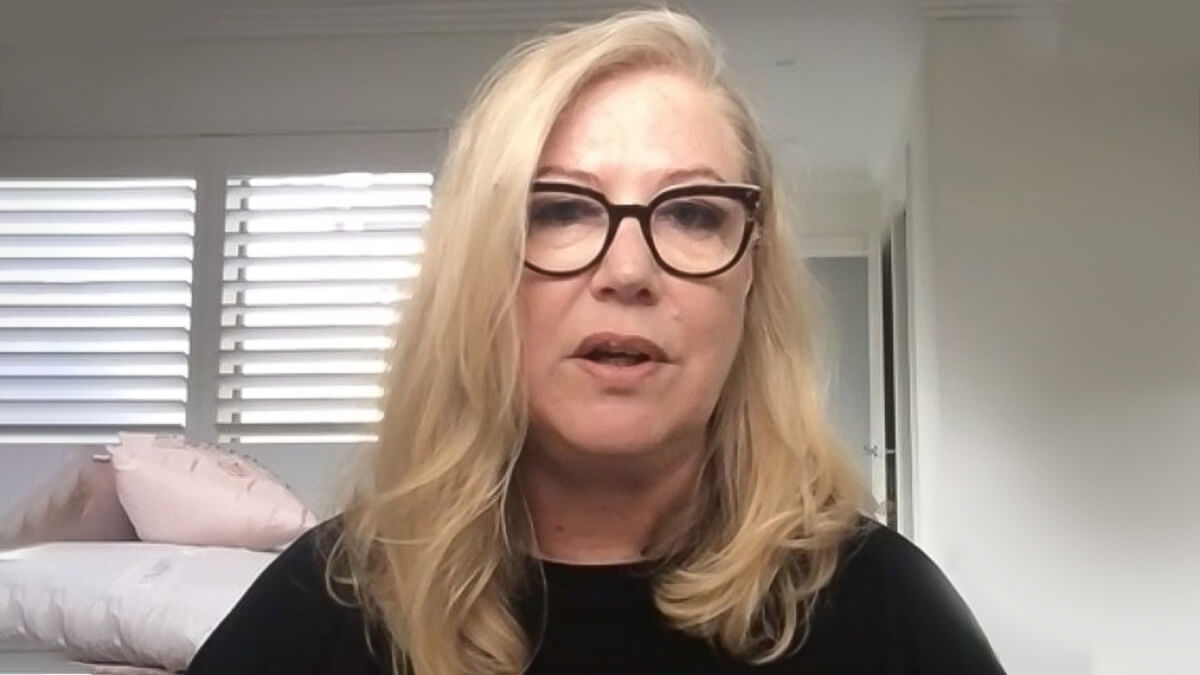So you’ve decided to join more than one million Aussies with a self-managed super fund (SMSF). Congratulations!
Having your own SMSF can be a personally and financially rewarding experience, provided you’re sure DIY is right for you and your fund is set up correctly from the get-go.
Attention to detail now will avoid penalties and save you time in the long run.
It’s also worth remembering that SMSFs must be set up correctly to be eligible for the tax concessions that super legislation provides. Member contributions and fund earnings are taxed at the concessional super rate of 15% in Australia (up to certain contribution limits). You may pay an additional 15% tax if your annual income and concessional contributions are $250,000 or more.
Should you set up an SMSF yourself or get help?
It’s possible to set up an SMSF yourself, but it’s wise to get independent professional advice. After all, it’s your future financial security at stake and the rules around compliance are complex and strictly enforced by the Australian Taxation Office (ATO) that regulates SMSFs.
Depending on your level of SMSF and investment knowledge and expertise, you may need the services of a specialist SMSF service provider, an accountant, a financial adviser and possibly a lawyer to help set up your fund.
There are plenty of professional SMSF service providers available. They can be broadly divided into two categories:
- Specialists who provide SMSFs with legal, taxation, auditing, administration or investment advice.
- One-stop shops that integrate all the SMSF services outlined above (i.e. integrated service providers).
The SMSF set-up process
Whether you decide to go solo or seek professional help, it’s important to understand the set-up process. As a trustee of your SMSF, you are ultimately responsible for compliance with superannuation and taxation legislation.
Below are the nine steps required to get your SMSF up and running.
Step 1: Choose your SMSF members
An SMSF can have up to six members, so it’s not necessarily a solo enterprise.
It’s important that all fund members (and the fund itself) can satisfy the following residency conditions:
- The fund will be established in Australia or will have at least one Australian-based asset.
- The central management and control of the fund will generally happen in Australia.
- Active members of the fund must be Australian residents who will hold at least 50% of its total assets.
These conditions must be met for your SMSF to qualify as an Australian super fund and therefore eligible for the tax concessions available under Australian superannuation legislation.
Step 2: Choose your SMSF structure
An SMSF must be set up as a trust. A trust is a legal arrangement where trustees manage assets on behalf of beneficiaries (your SMSFs members). Every member of an SMSF must be either an individual or a corporate trustee.
If you choose to have a corporate trustee structure, each of your SMSF members must be a director of that company. The company must be registered with the Australian Securities and Investments Commission (ASIC) and all directors of corporate trustees need to have a director identification number (director ID).
Although ASIC charges company registration and annual review fees for SMSFs with a corporate trustee structure, it can be easier to record and register assets if there is a membership change. Funds with an individual trustee structure can find it more expensive and time-consuming to change asset ownership in these circumstances.
All SMSF trustees are ultimately responsible for ensuring the fund’s ongoing legal compliance with superannuation and taxation legislation. They must sign a trustee declaration that indicates they understand their legal compliance obligations, including annual fund auditing, reporting and tax obligations to the Australian Taxation Office (ATO).
Step 3: Create your SMSF trust deed
An SMSF trust deed is a legal document that outlines how the fund will be established, how it will operate and how it will be administered.
This deed should be written so it complies with super legislation. It should include important information such as:
- The names of the members/trustees
- The fund’s objectives. An SMSF needs to satisfy the sole purpose test. This means that it must be set up and maintained for the sole purpose of providing retirement benefits to its members (or their dependants if a fund member dies before retiring)
- Whether member benefits will be paid as lump sums or income streams.
An SMSF trust deed must be signed and dated by all members/trustees.
Step 4: Apply for an Australian Business Number (ABN) and register your fund with the ATO
All SMSFs must be registered with the ATO within 60 days of being established. This is done by completing and submitting an ABN application form to the ATO and registering for GST if applicable. You can do this yourself or a tax professional can do it on your behalf.
The ATO will provide your fund with a tax file number once it approves the application.
Step 5: Set up an SMSF bank account
Your SMSF needs its own bank account separate from its members’ individual accounts. This SMSF account is used for receiving all member contributions and paying all member benefits.
You will need to advise the ATO of the account details.
| Bank | Percentage of SMSFs that use the bank |
|---|---|
| Macquarie Cash | 40.1% |
| Commonwealth Bank | 17.0% |
| National Australia Bank | 12.3% |
| Westpac Online | 9.4% |
| ANZ | 8.9% |
Step 6: Get an electronic service address and arrange for member contributions and rollovers
This address will allow your SMSF to receive member contributions paid on their behalf by employers. Employers must transfer these payments electronically using a system called SuperStream.
You need to organise arrangements for member contributions (including any rollovers from other funds into the SMSF) as part of the set-up process.
Step 7: Create an investment strategy and make your initial investments
It’s a legal requirement for SMSFs to have a documented investment strategy. This investment strategy should satisfy the sole purpose test and be used to guide trustee decision-making.
Important factors to consider when developing an SMSF investment strategy include:
- Each fund member’s age, current financial situation, risk profile and other relevant characteristics
- The benefits of diversifying the fund’s investments to reduce risk. The major investment options are cash, bonds and other fixed interest products, shares and real estate
- How easily its assets can be converted to cash to pay future member benefits when required
- The current insurance needs of members to ensure appropriate coverage is arranged (inside or outside their SMSF).
Now that SMSFs can have up to six members, possibly from different generations with different risk profiles and time horizons, it’s more important than ever to give careful thought to these issues.
Once this strategy has been created, the fund’s initial investments can be made.
Step 8: Create an exit strategy
It’s impossible to know the future but having an exit strategy will at least ensure you have given some thought to how, and under what circumstance, the fund may be wound up. Preparing this strategy from the outset can avoid potential member disputes down the track.
An SMSF may need to be wound up for various reasons, including:
- The trustees no longer wanting to have the ongoing administrative burden of managing the fund due to age, health or other reasons
- The fund’s assets reducing over time to the point where it’s no longer cost-effective to maintain it There can be significant administration and annual audit costs associated with running an SMSF
- A relationship breakdown between fund members
- When all fund members have passed away or have been paid all their entitlements
- If all the fund members want to transfer their entitlements to another super fund (such as an industry or retail super fund)
- Fund members wanting to relocate overseas and no longer being Australian residents for tax purposes.
The exit strategy should ensure that all trustees:
- Can access all SMSF records and accounts
- Have binding death benefit nominations in place (and make provisions for these nominations to be reviewed every three years if they are not non-lapsing)
- Consider appointing an enduring power of attorney.
Step 9: Appoint an auditor (and potentially an administrator and an actuary)
It’s a legal requirement for SMSFs to be audited by an independent SMSF auditor licensed by ASIC, so consider appointing your auditor as part of your SMSF set-up process. You should also consider whether:
- To appoint an administrator to manage your fund when it is up and running, especially if you don’t have the time or expertise to do it effectively yourself
- You need the services of an actuary to work out any member pension entitlements.
The bottom line
Setting up your SMSF correctly is crucial if you want to enjoy the tax concessions available under superannuation law. It also helps ensure the smooth operation of your fund. A little time and money spent now could save a lot of time and money fixing problems later.
Before deciding whether setting up an SMSF is appropriate for your circumstances, it’s best to seek independent professional advice. The information contained in this article is general in nature.


















Leave a comment
You must be a SuperGuide member and logged in to add a comment or question.